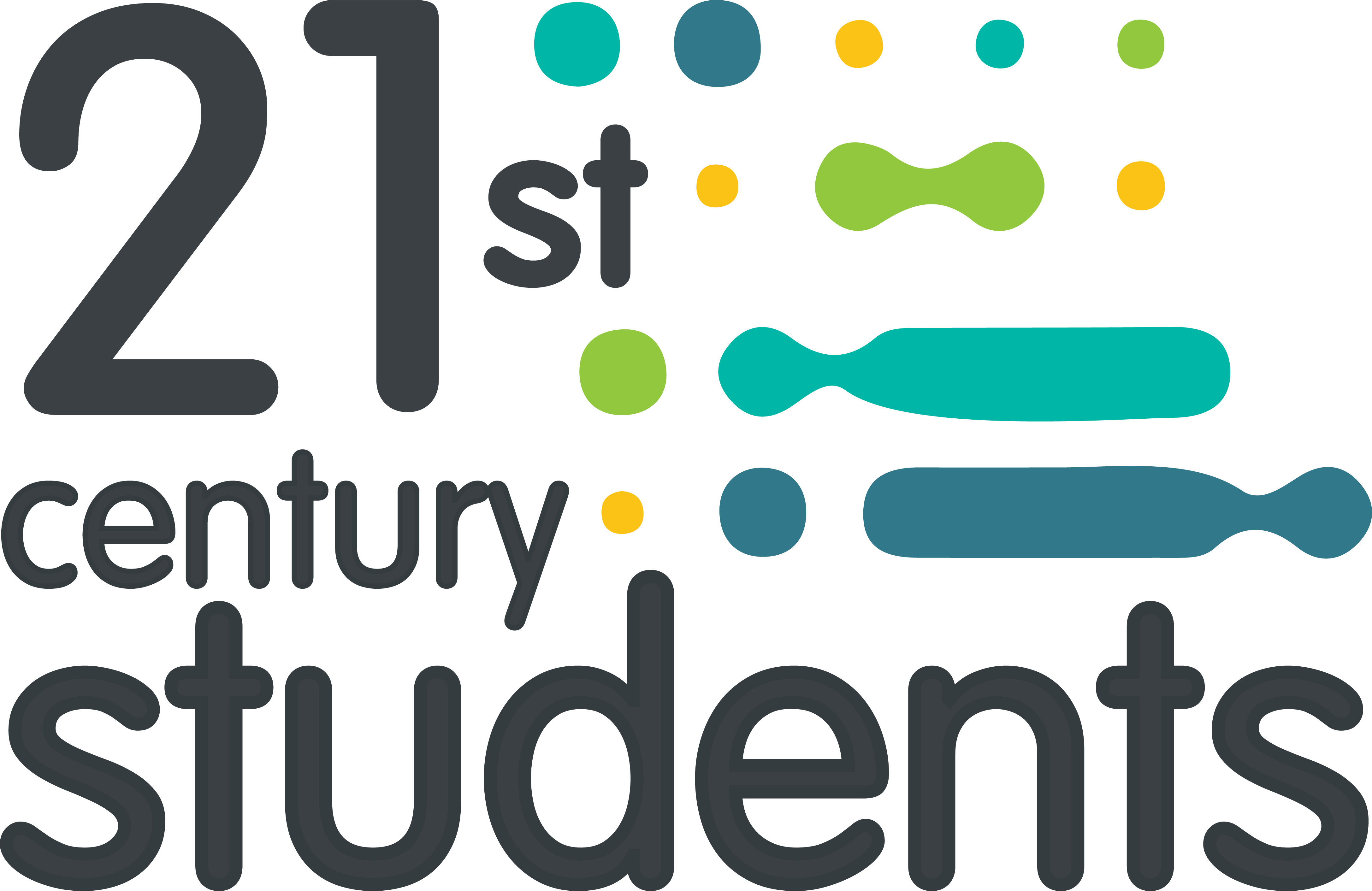3D printing (3DP), also known as additive manufacturing, is emerging as a valuable digital manufacturing technology. More and more companies are adopting 3D printing for various applications, including the production of functional parts. This will lead to the creation of many new jobs related to 3D printing and, consequently, to an increasing need of suitable skilled workers.
3D printing is a general term designating a set of technologies that can create a physical object from a digital file by adding material layer after layer. There are many 3D printing technologies available on the market and some of them are successfully used in manufacturing parts out of various plastic materials, metals, ceramics, etc. Among the benefits of using 3D printing in digital fabrication, we can mention the ability to create complex shapes and geometries and to cost-effectively fabricate small batches of products, the convenient objects personalisation, the flexibility, the possibility to produce without tooling, etc.
3D printing involves the use of a computer, a digital 3D model, a 3D printing slicer software, a 3D printer and raw material. Typically, a 3DP process is composed from the following steps:
- The digital model of the object to be 3D printed is created by 3D modelling or 3D scanning.
- If necessary, the digital model is translated into a 3D printing file.
- The 3D printing file is prepared for printing using specific software (called slicer), process finalised with the generation of a file (named G-code) that includes all the instructions needed by 3D printer to build the part.
- The G-code file is run on the 3D printer and the part is created.
- If necessary, the part is finished (cleaned, polished, painted, etc.).
You will find more information about 3D printing in the educational resources developed by the project “21st Century Students – Promoting Digital Manufacturing and Design (DM&D) in Schools”. Make sure you are following the project’s Twitter and Facebook to be the first to know when the resources are published on the project’s website.

